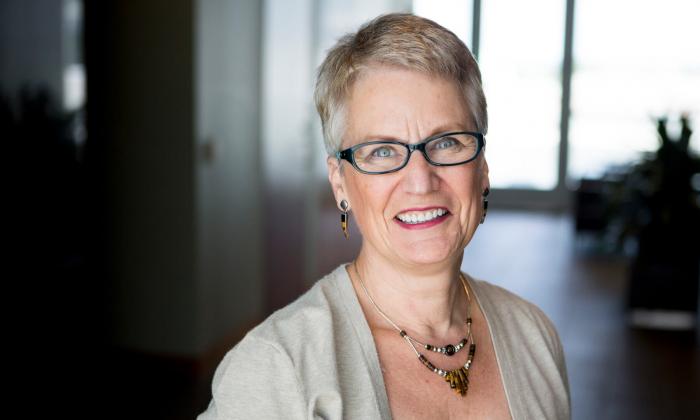
Don’t look now, but hate is back in our schools.
Of course, it never entirely disappeared, just as it didn’t disappear from American society. For a while though, it hid in the dark spaces and didn’t parade in plain sight. Now it’s in the open again, and educators are among those on the front lines working to prevent it from growing and festering.
Exactly 25 years ago, the first issue of this magazine launched the Teaching Tolerance project. The founding editor, Sara Bullard, wrote that our goal was “to care about all of our children and to help them care about each other.” She talked about the many teachers who strive for harmony in the classroom: “What they share,” she wrote, “is a belief that tolerance is at the core of good citizenship. Neither neighborhoods nor nations can survive without it.”
What she didn’t write about were the reasons Teaching Tolerance came into existence in the first place, and why it was created by the Southern Poverty Law Center (SPLC). The Center was best known for battling hate in the form of the Ku Klux Klan. SPLC co-founder Morris Dees had won stunning victories against the KKK in court and started the Klanwatch project to monitor the hate group’s activities.
Despite these efforts, hate crimes continued, and most of the perpetrators were young men whose complete initiation into a world of racial and ethnic hatred was a done deal by the time they were 18. If the SPLC really wanted to fight hate, we needed to start sooner, because bias and “othering” take root in childhood. Announcing the project, Morris said, “Our work in the classroom must complement our work in the courtroom.”
In the quarter-century since, our schools and our country have changed dramatically. Both became more diverse, and the need to teach tolerance, to “welcome the differences and delight in the sharing” became more important than ever. Teaching Tolerance—and others—created programs and developed practices that promote social emotional learning, celebrate diversity and improve school climate.
A new urgency has emerged in the aftermath of the 2016 presidential campaign. Bigotry and bias are once again on the rise.
“There may be times when we are powerless to prevent injustice, but there must never be a time when we fail to protest.”
Elie Wiesel
Our most recent report, After the Election: The Trump Effect, was based on a survey to which more than 10,000 teachers responded. We asked them to tell us about their schools and their students, about incidents of bias and stories of hope. The survey produced over 25,000 comments, each one a small snippet of life in school today. For a few hours each day, I’ve read, catalogued and pondered those stories.
They’re heartbreaking.
I’ve read about students from immigrant families terrified that their parents will be deported and their families separated. About Muslim students who worry about internment camps or registries. About LGBT students, African American students and others fearful of a future in which blatant bigotry is once again socially acceptable.
Anxiety like that is bad enough, but it’s been exacerbated by the taunts, “jokes” and cruelty of other students. It’s hard to know what’s worse: the Nazi salutes, shouts of “white power” and hand-drawn swastikas, or the in-your-face harassment dished out to classmates who are already vulnerable.
Most of the teachers we surveyed care deeply about their students. They want to protect the ones who are hurting and help those who are lured by hate to reject it. These teachers are coming out as allies and working with colleagues to find solutions.
But it was also disheartening to hear from educators who don’t think there’s a problem. Many minimized harassment they had personally witnessed by characterizing it as “teasing.” Others, whose students don’t include our most vulnerable, told us that their school community had moved on from the election, and so should we. Some insisted that there were no problems that our survey didn’t create. And some “reassured” their immigrant students that, as long as they were “legal,” they had nothing to worry about.
To which I say: If fear or harassment are present in any of our schools, it concerns us all. None of us can afford to look away.
—Maureen Costello